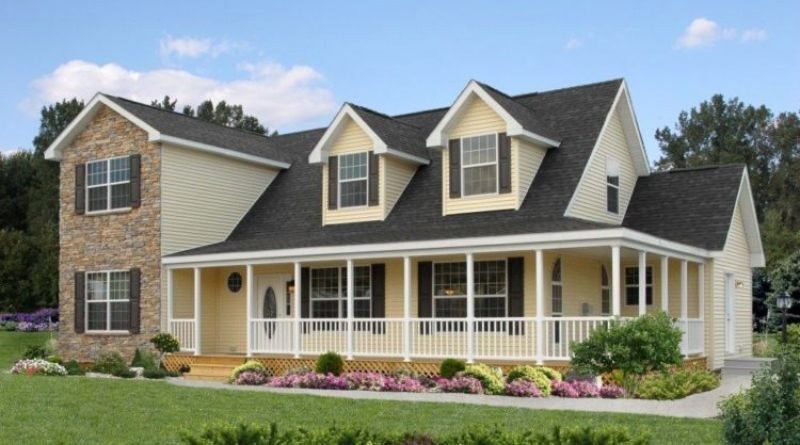Cost Analysis: Aluminum Windows vs. Traditional Materials
In the construction and manufacturing industries, selecting the right materials for windows is a critical decision that directly impacts cost-efficiency, durability, and overall aesthetics. Among the available options, aluminum windows have gained significant attention for their innovative designs and superior performance. However, traditional materials like wood and steel continue to dominate certain segments of the market. This article aims to provide a comprehensive cost analysis comparing aluminum windows to traditional materials, addressing factors such as initial investment, maintenance costs, lifespan, and energy efficiency. Through this analysis, we will explore why aluminum windows are increasingly becoming the material of choice for manufacturers, distributors, and contractors alike. For professionals seeking high-quality aluminum window solutions, Aluminum windows offer an excellent combination of durability and innovation.
Cost Analysis Overview
Initial Investment
The initial cost of aluminum windows tends to be higher than that of traditional materials like wood or steel. This higher cost is primarily due to the advanced manufacturing processes involved and the premium-grade aluminum alloys used. Aluminum windows are often custom-designed to meet specific project requirements, a service that further adds to the upfront cost. For instance, companies like DERCHI Window and Door use state-of-the-art production technologies and innovative designs, such as vertical isotherm structures and built-in diamond mesh crimping, to enhance the functionality and security of their products. These features significantly contribute to the initial investment but offer unparalleled long-term benefits.
Maintenance Costs
When evaluating the total cost of ownership, aluminum windows outperform traditional materials in terms of maintenance. Unlike wood, which requires regular treatments to prevent rot and warping, aluminum is highly resistant to environmental factors such as moisture and UV radiation. Steel, while durable, is prone to rust unless properly treated and maintained. Aluminum windows feature advanced coatings and finishes that provide excellent resistance against corrosion and wear. For example, DERCHI’s products incorporate anti-aging adhesive strips and water swellable strips to enhance durability and reduce the need for frequent repairs. These innovations make aluminum windows a cost-effective choice over time.
Lifespan
The lifespan of aluminum windows far exceeds that of traditional materials. Wood windows typically last 15-20 years with proper care, while steel windows can last up to 30 years if maintained well. In contrast, high-quality aluminum windows can easily last over 50 years with minimal upkeep. This longevity is attributed to aluminum’s inherent properties, such as its resistance to rust and deformation. Additionally, DERCHI’s products feature hardware interior technology that minimizes cold and hot deformation, ensuring smooth operation and extending the lifecycle of the windows.
Energy Efficiency
Energy efficiency is another crucial factor in the cost analysis of window materials. Aluminum windows are engineered with advanced thermal break technologies that significantly reduce heat transfer between indoor and outdoor environments. Traditional materials like wood offer decent insulation but lack the precision-engineered thermal barriers found in modern aluminum designs. DERCHI’s vertical isotherm design creates an effective cold and hot barrier, enhancing insulation and reducing energy costs for heating and cooling. This makes aluminum windows not only an environmentally friendly option but also a financially sound investment in the long term.
Comparative Analysis with Traditional Materials
Wood vs. Aluminum Windows
Wood has been a popular material for centuries due to its natural aesthetics and insulating properties. However, it comes with significant drawbacks, including vulnerability to moisture, pests, and temperature fluctuations. Aluminum windows, on the other hand, offer a modern aesthetic combined with superior durability and minimal maintenance requirements. While wood may be suitable for historical restorations or specific architectural styles, aluminum is better suited for contemporary designs requiring large glass panes and slim profiles.
Steel vs. Aluminum Windows
Steel is renowned for its strength and durability, making it a common choice for industrial applications. However, its susceptibility to rust and higher maintenance needs make it less appealing for residential or commercial projects where long-term cost efficiency is a priority. Aluminum windows provide a comparable level of strength while being significantly lighter and more resistant to corrosion. With features like DERCHI’s four-sided six-point lock system, aluminum windows also deliver enhanced security without compromising on aesthetic appeal.
Environmental Impact
From an environmental perspective, aluminum is highly recyclable, with up to 95% of its original material being recoverable during recycling processes. This makes it a more sustainable option compared to wood, which contributes to deforestation, or steel, which has a higher carbon footprint due to energy-intensive manufacturing processes.
Conclusion
In summary, while the initial investment in aluminum windows may be higher than traditional materials like wood or steel, their long-term benefits in terms of durability, maintenance costs, energy efficiency, and environmental sustainability make them a superior choice for modern construction projects. Manufacturers like DERCHI Window and Door are at the forefront of this shift, offering innovative solutions that cater to diverse architectural needs. For professionals exploring cost-effective yet high-performance options for their projects, Aluminum windows stand out as a compelling option.



